One in 20,000: Extraordinary albino beauty revealed in rare photoshoot (AMAZING PHOTOS)
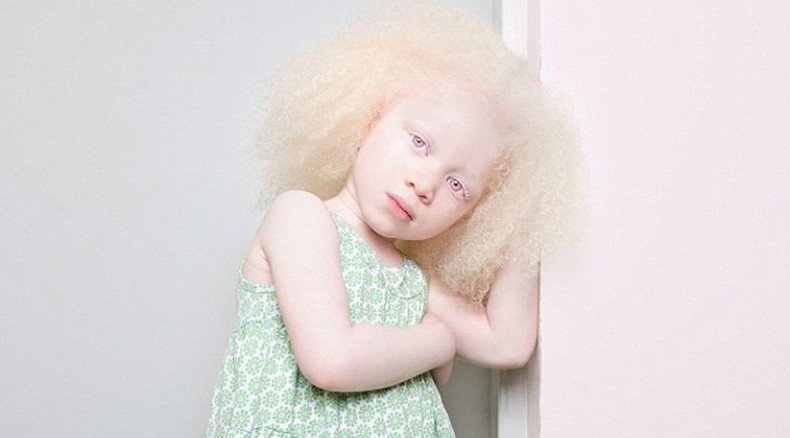
People with albinism have always been a kind of enigma to others. In an effort to unravel the mystery as well as to “captivate people by showing the unseen,” a New York-based photographer has exposed their “out of the ordinary beauty.”
Inspired by images of Shaun Ross, an albino model, photographer Angelina d’Auguste began studying the condition that interferes with DNA, sometimes leaving a person literally colorless – a lack of melanin production affects the complexion as well as hair and eye color.

Depending on the type of albinism, hair color can vary from white to blonde, yellow, orange or even light brown, while their eyes are mostly either almost colorless or grey-blue, light-blue and grey. In some rare cases, albinos can have light-brown eyes.
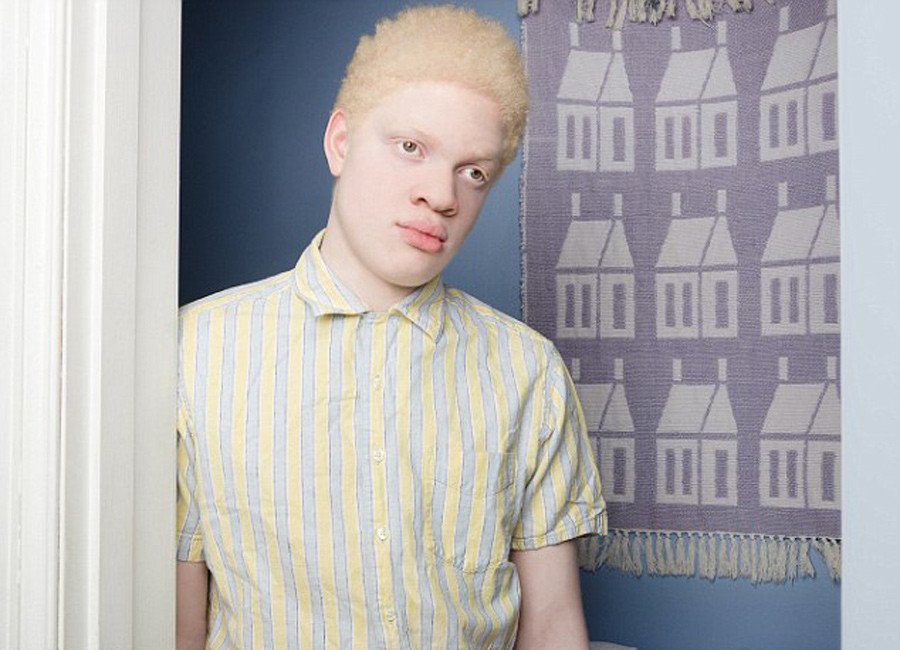
Angelina d’Auguste’s initial curiosity grew into a senior thesis project at the Fashion Institute of Technology in New York.
Trying to “captivate people by showing the unseen,” she gave her models the opportunity to speak simply and frankly about the challenges and hurdles they have to face everyday.
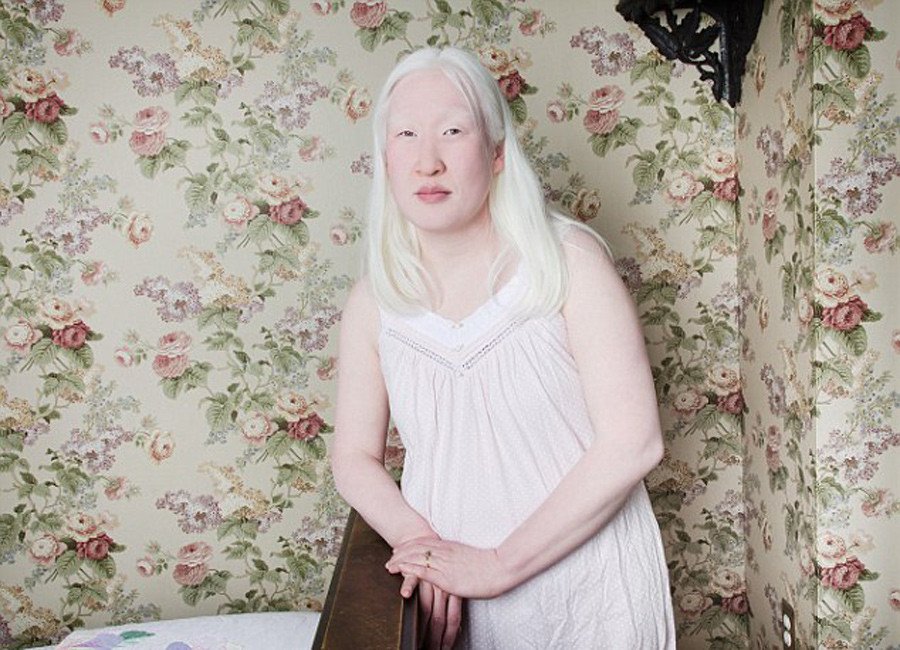
The hardest part was finding enough models for the photoshoot. But once d’Auguste photographed one subject, she would then be referred to another and then another and finally she ended up with enough material for the truly unique project.
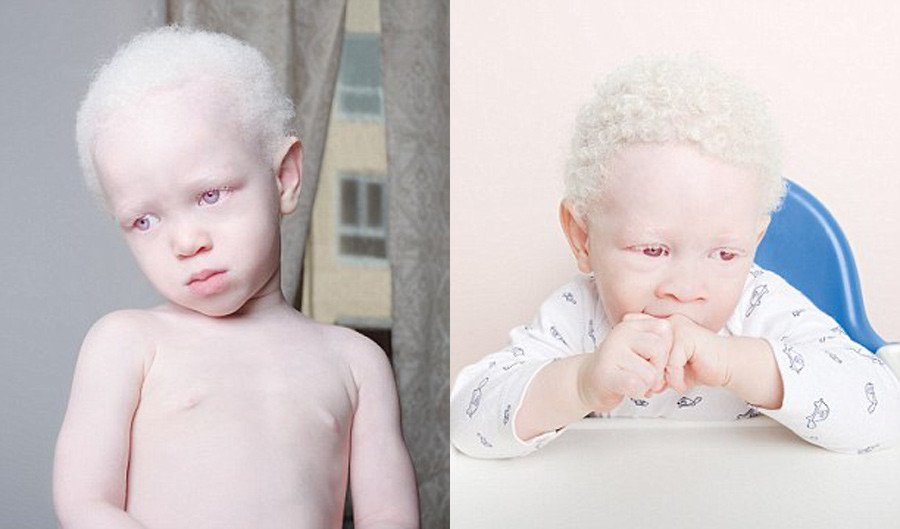
The series of photos shows the ways in which albinos handle their inborn “difference,” which can sometimes lead to physical abuse or even be a danger to their life.

In several African countries Albinos are hunted and mutilated or even killed for their body parts that are later sold for witchcraft rituals. At the same time, people with albinism are often killed there because they are deemed to be both cursed themselves and the bringer of curses to others.
A 2015 report by the Canadian charity ‘Under the Same Sun’ lists 161 killings of albinos across 24 African countries in the last five years as well as 258 more cases of mutilation, violence, rape, attempted abductions, disappearance, asylum seeking and grave violations related to abuse against albinos in these countries in the same period. The list of countries mentioned in this report also includes Tanzania, Kenya, South Africa, Nigeria and Mali.
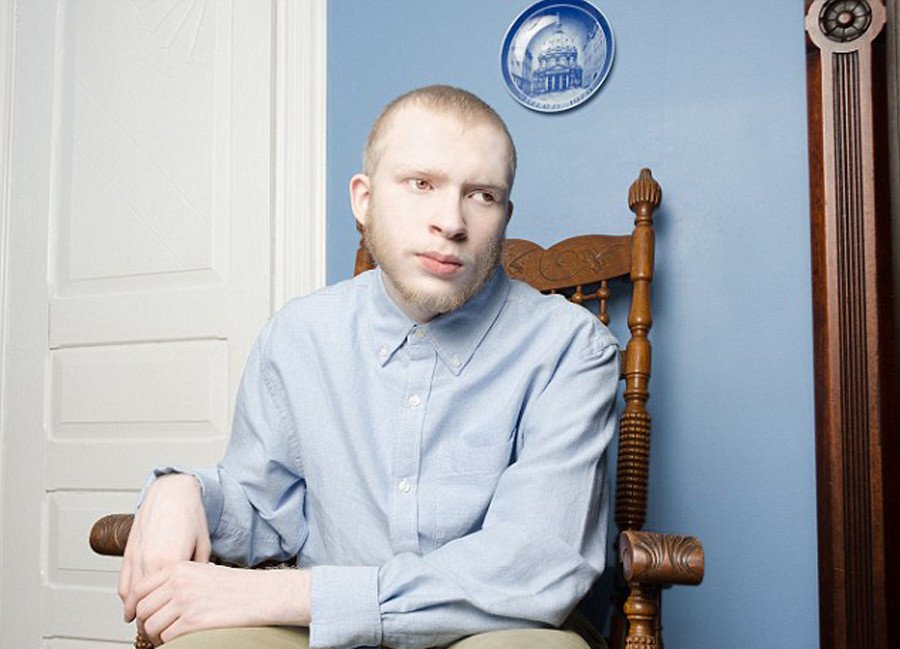
But the photographer’s project rather focuses on albinos living in the US.
“Unfortunately, it is difficult for [people with albinism] to fit in society, so I wanted to show their distinct, beautiful features in a positive way,” d’Auguste told Refinery29.
Most of the models remember being teased or bullied in school because of their striking looks.
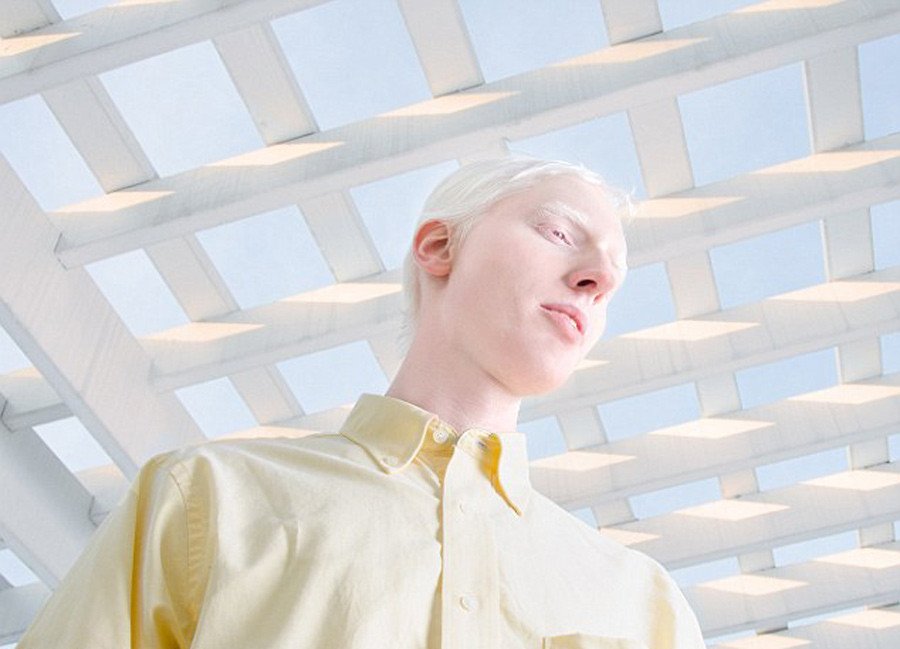
“Always noticed,” they eventually learned to “embrace” their peculiarity and even turned it to their own advantage.
“Having albinism…broke me out of my shell, because I am very shy,” said a model. “It is a big part of who I am, and I wouldn’t trade that for the world.”
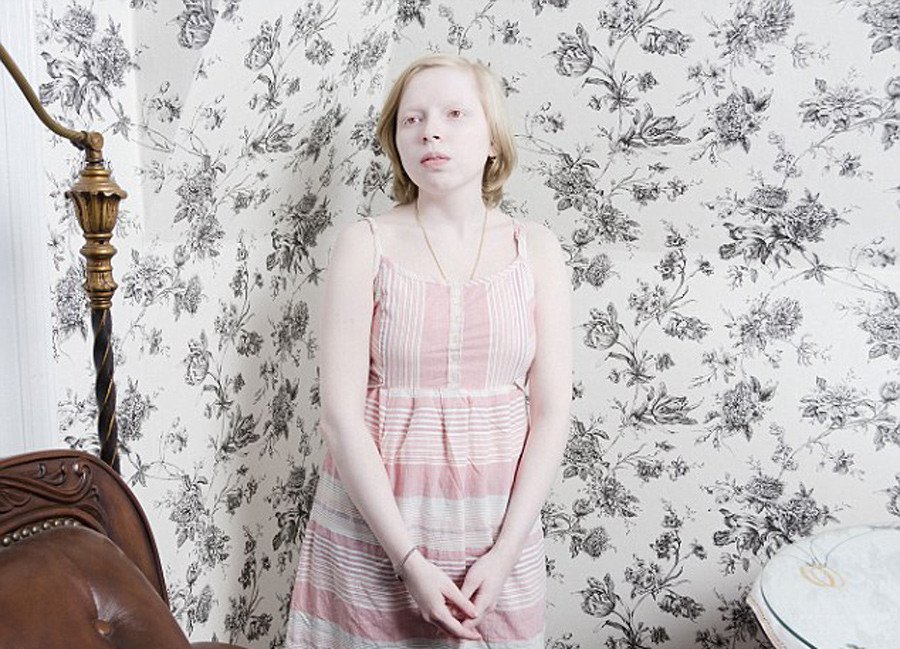
Being an albino usually goes hand in hand with having impaired vision. Many of them can neither read without a magnifying glass nor drive a car. Most albinos also have something called nystagmus, a condition characterized by eyes shaking back and forth, unable to concentrate on one point.
The models admit that being an albino does bring challenges in their lives, but as one of them said “being different in society becomes a cool thing when you grow up.”
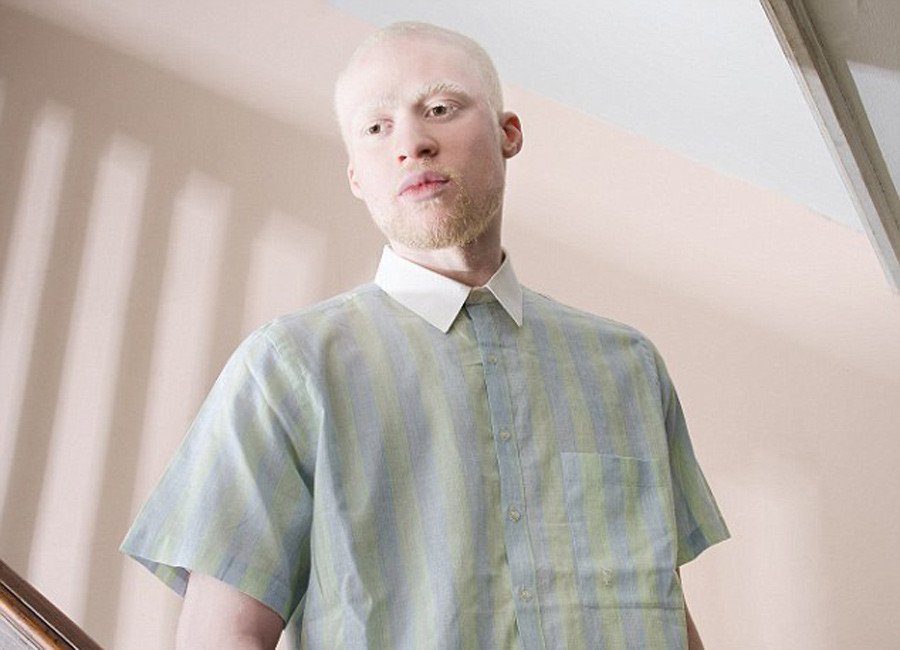
As of today, nearly one in 18,000 to 20,000 people in the US have the genetic condition present in every racial and ethnic group, according to the National Organization for Albinism and Hypopigmentation (NOAH).












